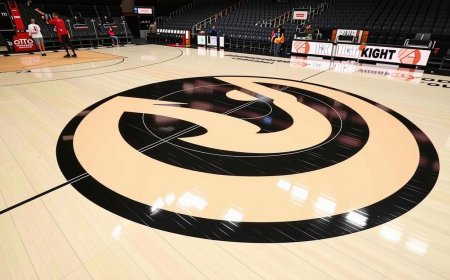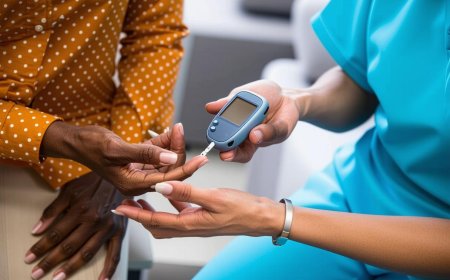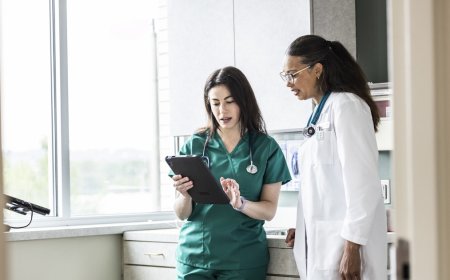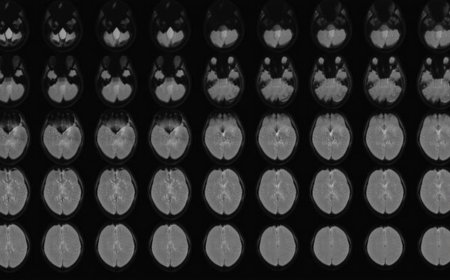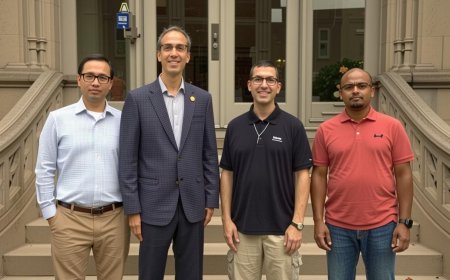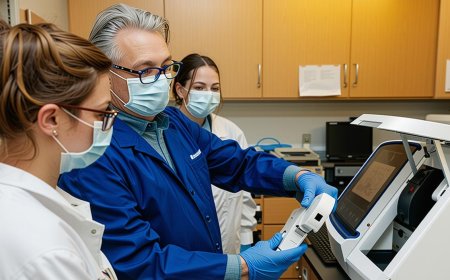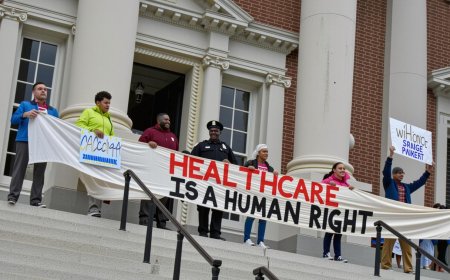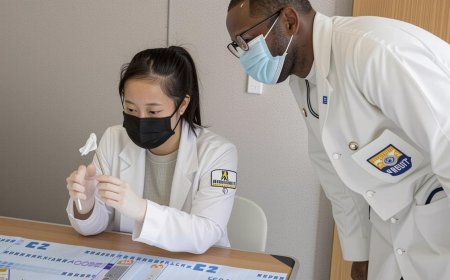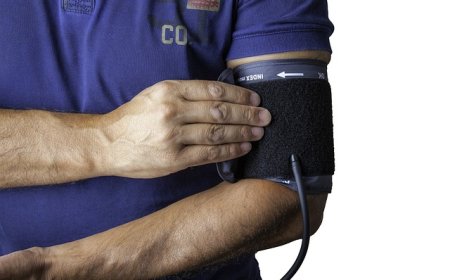New York’s First Local Case Confirmed: A Health Alert | PRIMENEWSNOW

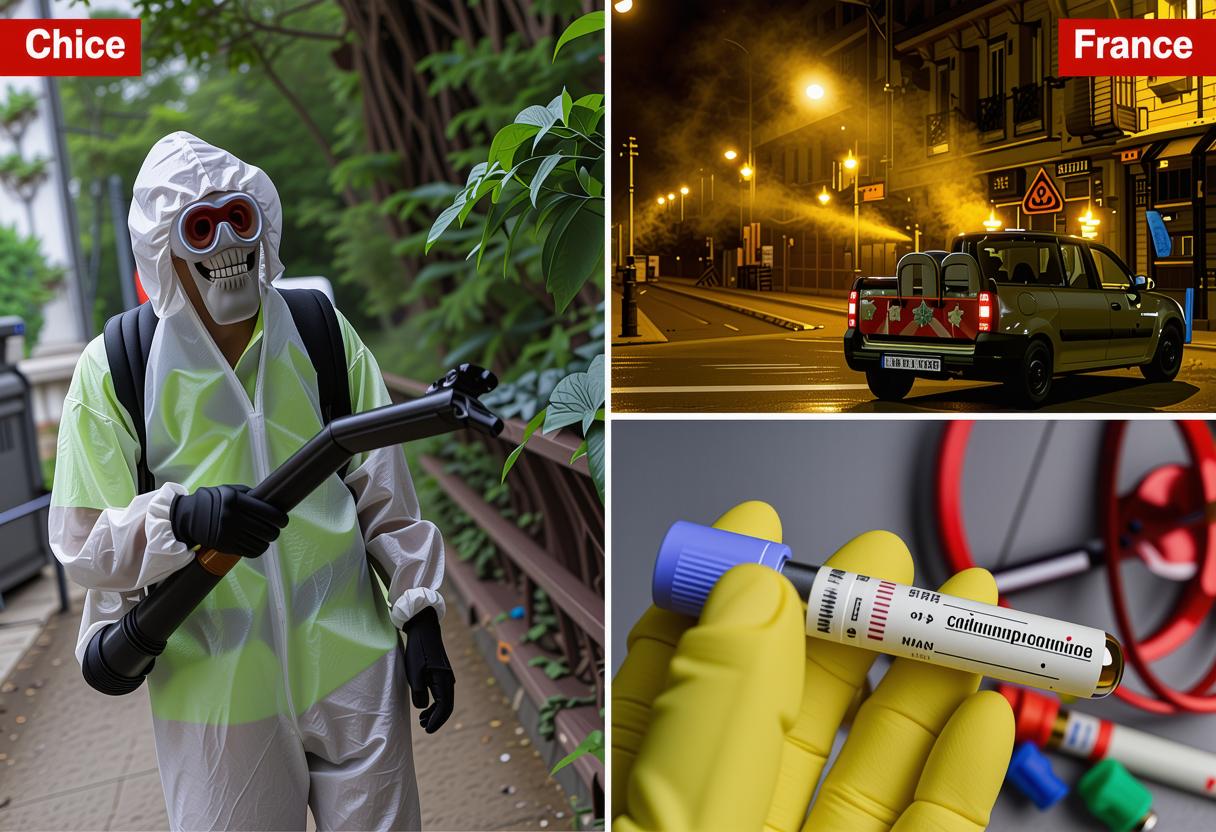
Chikungunya Virus Detected in New York: First Local Case in Six Years
Health officials have reported a case of the mosquito-borne chikungunya virus in New York, marking the first local transmission in the United States since 2019. The individual, residing in Nassau County on Long Island, tested positive after experiencing symptoms in August.
Chikungunya’s Global Presence and Local Impact
The virus, which is currently causing significant outbreaks in China and neighboring regions, has now been identified in a New York resident. The Nassau County Health Department confirmed that the person had traveled within the U.S. but not internationally before falling ill.
Transmission and Symptoms
While the exact method of transmission remains uncertain, it is believed that the individual was bitten by an infected mosquito. In late September, a 60-year-old woman in the same county reported preliminary positive results for the virus, though it is unclear if she is the same patient.
Chikungunya is rarely fatal, with most individuals recovering fully within a week. However, newborns, the elderly, and those with chronic conditions are more susceptible to severe symptoms.
Current Status and Prevention
Earlier this year, three other cases in the U.S. were linked to international travel. Currently, there is no evidence of local mosquito pools carrying the virus, and no outbreak has been detected.
The Aedes aegypti and Aedes albopictus mosquitoes, known carriers of chikungunya, are present in the New York City area and Long Island. These mosquitoes can also spread other viruses like West Nile and Eastern Equine Encephalitis.
Fortunately, chikungunya cannot be transmitted from person to person. With cooler temperatures reducing mosquito activity, the risk of further transmission is considered very low, according to State Health Commissioner James McDonald.
Understanding Chikungunya
Typically found in tropical and subtropical areas, chikungunya symptoms include fever, joint pain, headache, muscle pain, joint swelling, and rashes. The last local detection was in 2019.
What's Your Reaction?
 Like
0
Like
0
 Dislike
0
Dislike
0
 Love
0
Love
0
 Funny
0
Funny
0
 Angry
0
Angry
0
 Sad
0
Sad
0
 Wow
0
Wow
0














